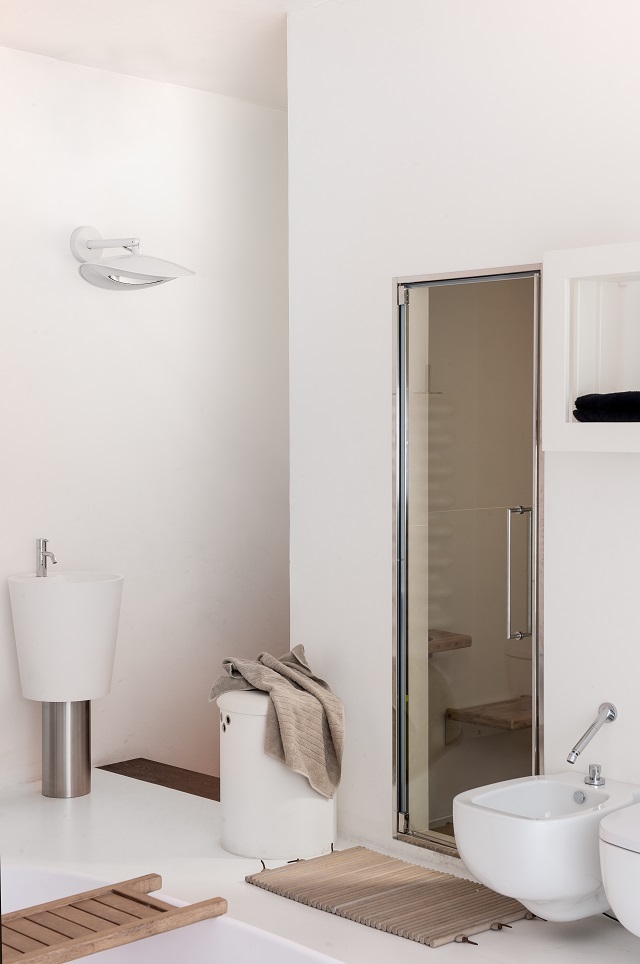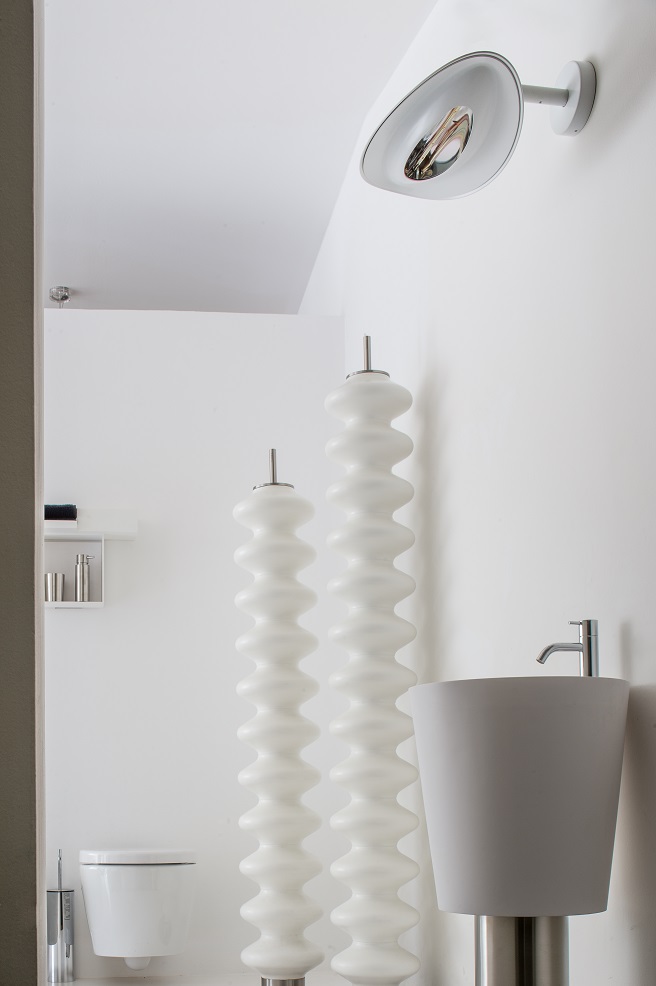Infrared lamps are a modern, efficient, and stylish solution for both residential and professional heating…

Is infrared heating suitable for home use ?
As more innovative and greener heating technologies develop, more and more people are looking for more efficient and environmentally friendly ways to heat their homes. Recently, the focus has shifted to infrared technology, which has grown in popularity in recent years for home use. Infrared heaters are a great way to heat your home. Many consumers have replaced their entire central heating system and made it their primary heating source due to their energy efficiency.
Your current situation matters: How many rooms are occupied in your home at any given time? Is your home currently running on central heating that needs to be on everywhere for an extended period of time to meet your needs? Or could you easily heat the main room of your home and use thermostatic controls and timers for the rest of the house? If this is the case for you, then infrared would be the ideal solution for you, as you can only heat the rooms or areas of your home as required. Also, because the heat-up times are very fast, you don’t need to have an infrared device turned on for nearly as long.
How infrared heating works
To clarify how infrared heating works, the breakdown of the component word “infra” is helpful. “Infra” comes from the Latin and can be translated as “below” or “beyond”. Consequently, infrared pertains to electromagnetic radiation that is below the red end of the visible light spectrum. That is, a wavelength range between about 780 and one million nanometers that is no longer perceptible to the human eye.
To put that into perspective: A nanometer is 70,000 times thinner than a human hair. Infrared heat rays are therefore invisible, but can be perceived by human skin sensors. Because the infrared heat waves of an infrared heater have the property of heating the material when it is hit. The heat waves from an infrared heater are transmitted directly to the human body and other solid and liquid materials in the room. They do not require air as a medium of transport, as is the case with other heating systems. The solid and liquid bodies present in the room absorb the thermal radiation and then emit it again.
The radiation exchange takes place through the emission of heat, so that all bodies in the room are heated evenly by the infrared heater. At the same time, the air in the room passes over the heated bodies and heats itself without having to consume additional energy.
Does it fit my home?
Is your house well insulated? This will definitely help you get the best benefits from infrared heating. If your insulation is poor, you will need a larger system size to achieve the best target temperature. As infrared waves are absorbed by any solid objects in front of the heater (furniture, walls, floors), they also re-emit the heat back into the room. So, the better your insulation, the better it retains this heat.
Size matters – whether replacing your current system or simply adding a new one to support it, ensuring the correct number and wattage of lamps installed is critical to how effectively they operate in your space. Under-sizing for the size and requirements of the room means it will take longer to feel the heat.
It’s always best to play it safe and slightly oversize the number of heaters. This means that when used in conjunction with a thermostat, an infrared heater will more quickly reach the desired heat output and then automatically switch off, saving you energy bills in the long run.
How much does it consume?
Compared to a traditional convection heater, an infrared lamp uses up to 60% less energy, meaning you’ll see savings on your electric bills over time. Compared to other electric heating systems, an infrared heater has a much lower energy requirement because it heats the surface of solid objects like you and your furniture using infrared energy instead of circulating hot air. Equivalent power is less, meaning less electricity is needed; hence, the running cost is lower.
You are also switching to a clean source of electricity which is seen as the future. Gas and oil, while cheaper per unit of energy, are being phased out because they are not sustainable in the long term and have huge carbon footprints. The infrared heater is used only when needed in the required space and for the required amount of time – this is called zone heating. So unlike gas central heating, for example, where you need to heat the whole house even if only one room is used, infrared heating can be programmed to work only where and when it’s needed.
This means that heating costs are significantly lower than with other types of home heating. Especially a gas boiler which needs to be on for a few hours before real heat is felt throughout the house.
Is infrared heating okay for home use?
Infrared heating has been used extensively in industrial and commercial settings since the 1960s when infrared heating technology began to replace coal-fired boilers as a heat source. Since then, infrared has been commonly used in large spaces such as factories and warehouses, where convection heating would not be effective.
It is important if using as a primary heating system that you get the correct advice on how many heaters you need, what wattage rating and where the best place to install them. Our infrared lamps come in many different shapes and sizes and are available in a multitude of different finishes to suit any room for any style preference. They can be the focal point in your living room, or have an understated, simple design to blend in with your existing furnishings making them perfect for your home.
This modern and innovative way of heating your home not only looks great but is efficient and much more environmentally friendly, designed to meet your specific needs. So invest in infrared heating for your home today.




 WhatsApp
WhatsApp